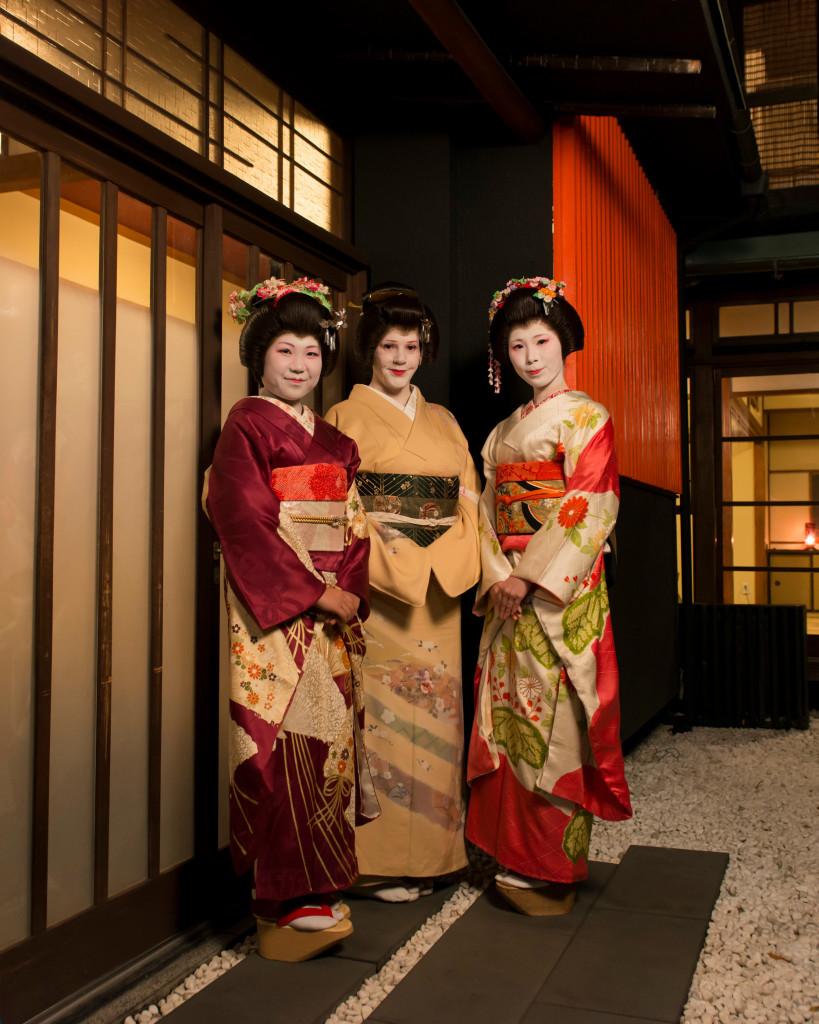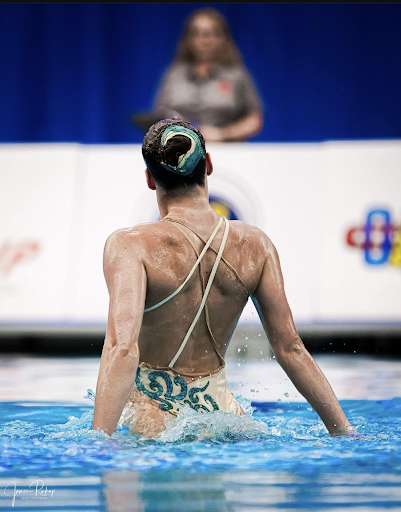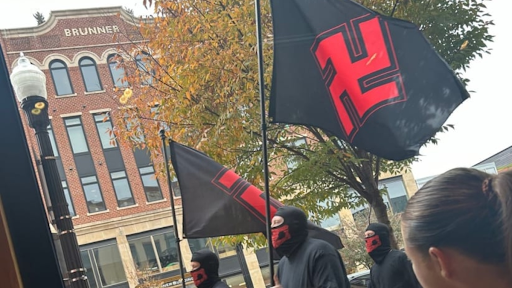The process of becoming a geisha has been exclusive to Japanese women for nearly 400 years as an important part of their culture. It wasn’t until 2007 when Fiona Graham from Melbourne, Australia, emerged as the first fully trained Caucasian geisha in Japan, recently opening her own geisha house in 2011.
Graham has been interested in the Japanese culture since the age of 15, when she visited Japan on a school exchange program. As a part of her love for Japan, she attended high school there, and her acceptance as a trainee geisha led her to pursue a profession as one of these highly skilled entertainers. In addition to her geisha profession, she attended Keio University after graduation and furthered her studies at Oxford to obtain a PhD in Social Anthropology.
Graham took the geisha name Sayuki, and underwent training for nearly a year which included several arts such as the Tea Ceremony, dancing, music, and specialization in the bamboo flute. Currently, Sayuki concentrates on the flute, shamisen (a three stringed instrument comparable to a guitar), and singing. In 2007, she debuted as a geisha as a part of the Asakusa Geisha Association, working in Asakusa for about four years until she disaffiliated herself from the association.
Shortly after Sayuki debuted as a Geisha, she was given the opportunity to play the flute at banquets, which is normally not allowed for new geishas. She was given this opportunity because she had been playing the Western flute ever since she was a child, and had worked as a musician during university. Many geishas were not happy about Sayuki’s opportunity to play the flute in banquets so early on in her career, so jealousy had caused geishas to make false rumors regarding Sayuki.
Sayuki left the association due to the retirement of her geisha mother, and also because the Asakusa Association wouldn’t allow her permission to open her own geisha house. Geishas can normally open their own geisha houses after four years, but the Asakusa Association wouldn’t allow her to do so because she is not Japanese. Sayuki reported that she had to work harder than other geishas in order to be accepted into the tight geisha tradition. She also exclaimed that, “Customers looking for geisha are not looking to find white geisha…” and comments that her being a foreigner provides no advantage for her in the geisha business.
Since leaving the association, Sayuki independently opened her own geisha house in 2011 and organizes banquets with other young geishas. She also launched her own second-hand shop for kimonos, and still works with other geishas from other districts in Tokyo, including some geishas in Asakusa. More information about Sayuki can be found on her website at http://www.sayuki.net/ and comments that her organization is keen on traveling overseas for interviews or banquets.






